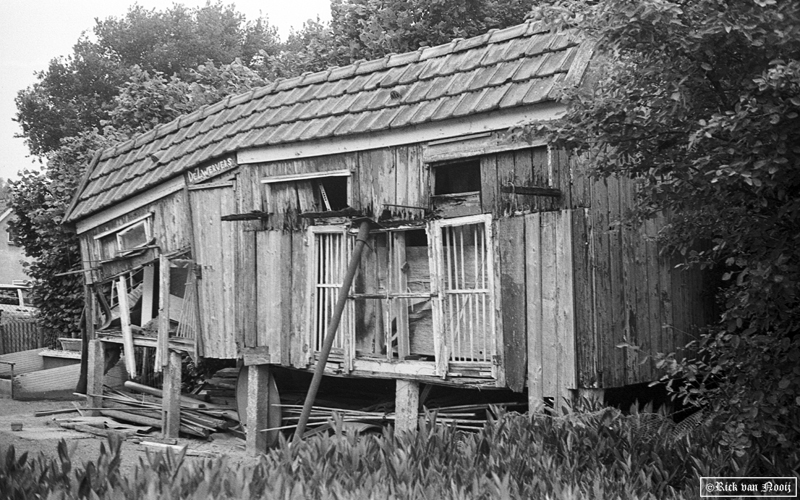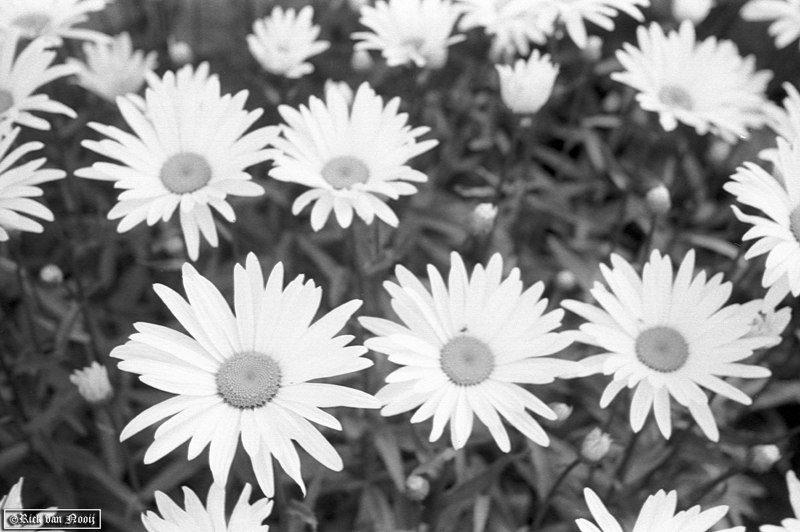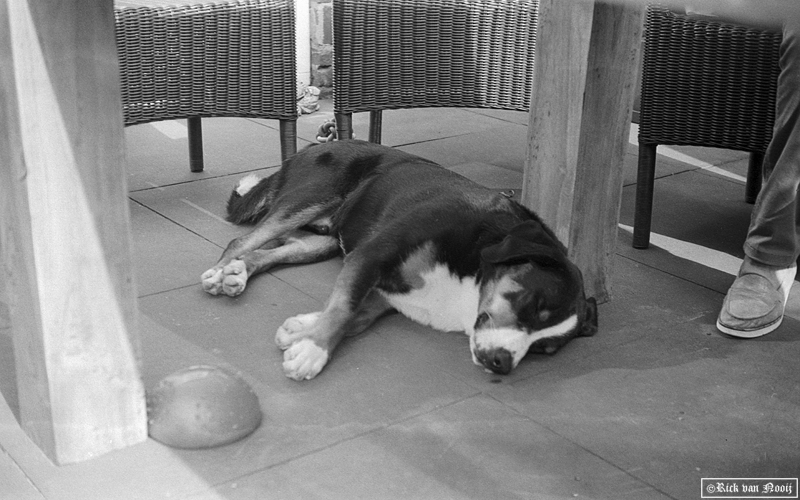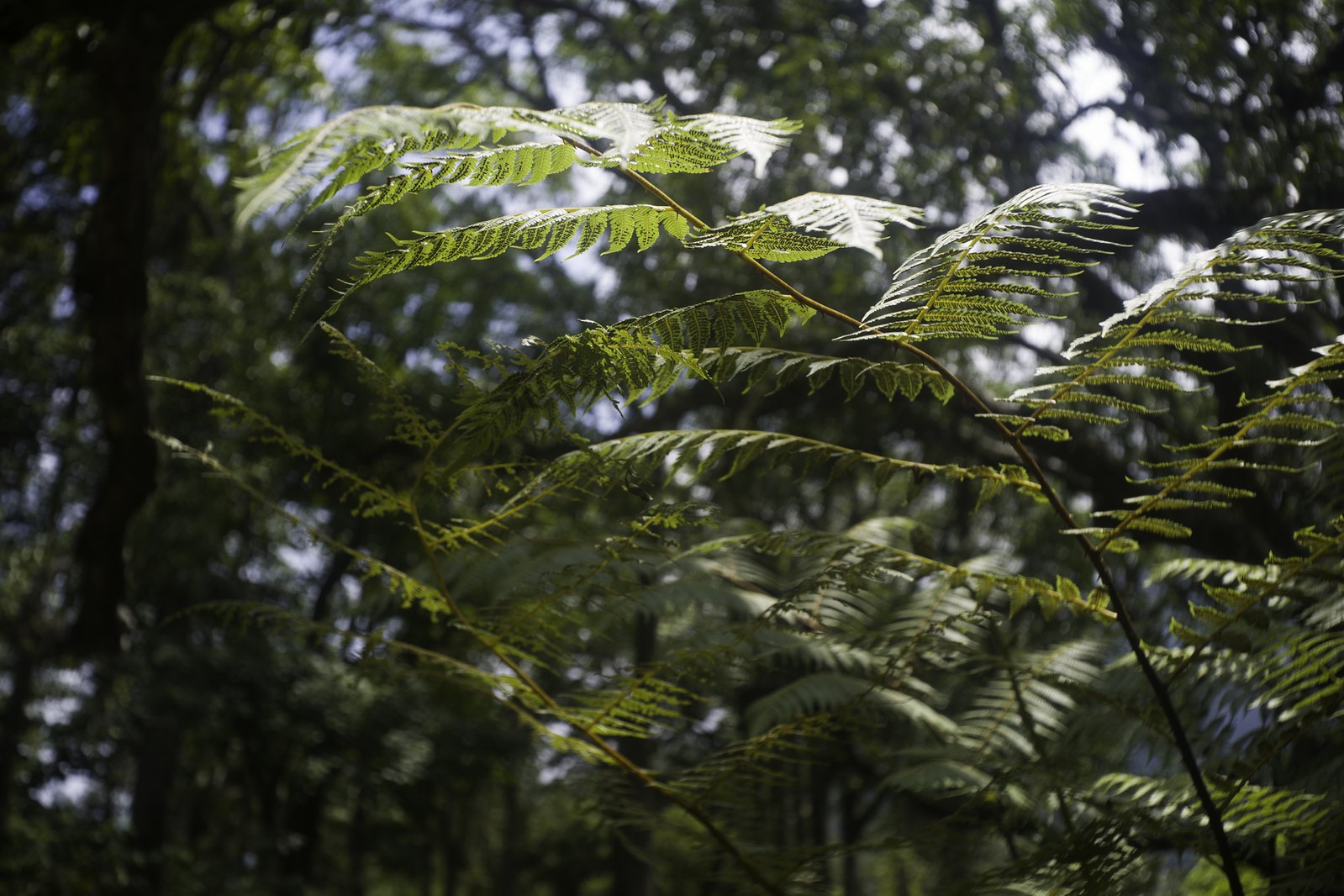p.giannakis
Pan Giannakis
Yes, sometimes - quite often - the effect of a picture is better when there is no "pure" white to be seen. There are many paintings too without 100% white in them - many paintings by Titian, Raphael and Ingres for instance - and that is not because the paintings are old. There are impressionist paintings too - that represent fog for instance - without any white in them. It is an absurd rule that there should be pure white in a photograph. Too pale pieces in a photo are often disturbing. That's why many photographers burn them through. There are no rules for 100 % white or 100% black in a photograph. Every photographer knows this.
Erik.
Erik, I spend quite a bit online on social media and with apps like Instagram, having a high contrast picture with deep blacks, bright whites and oversaturated colours means that your picture is more likely to be noticed amongst hundrent others on a small mobile phone screen. I think a lot of newer generation photographers are lured by this.
















